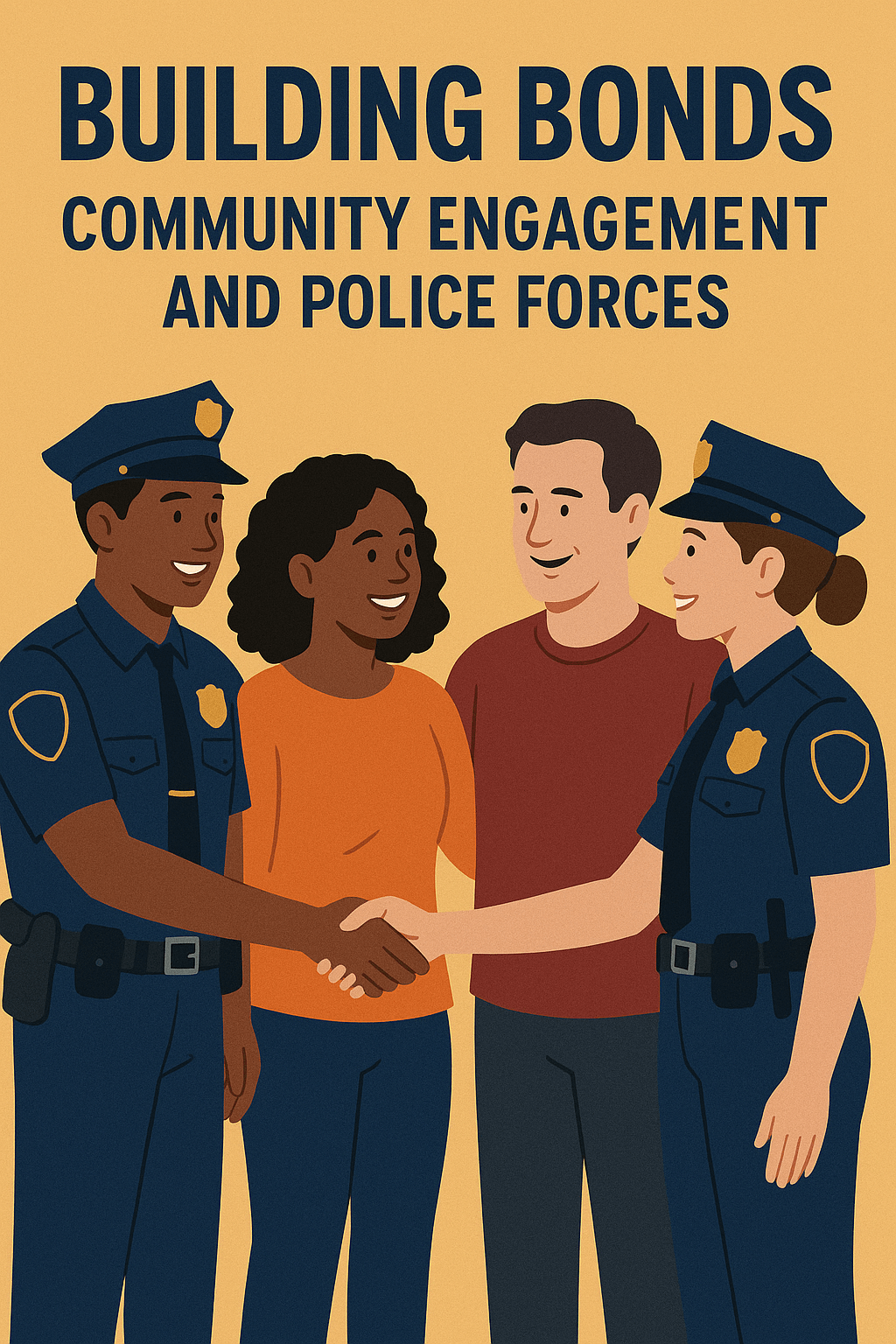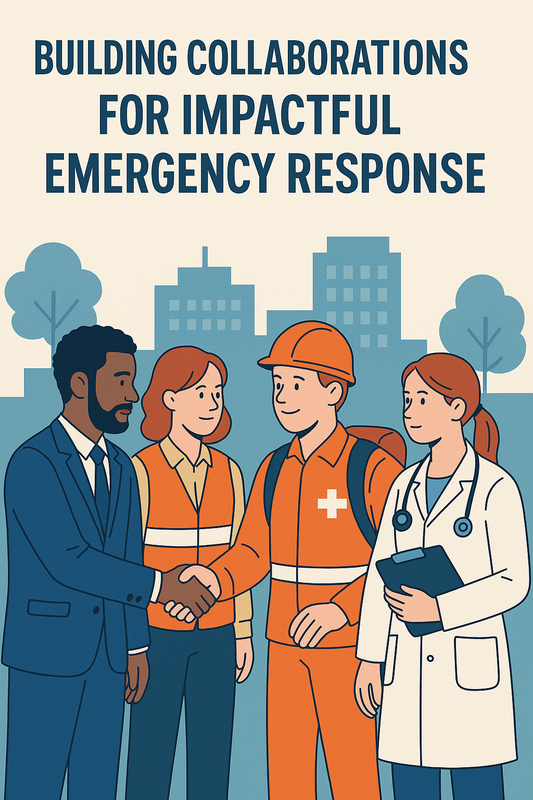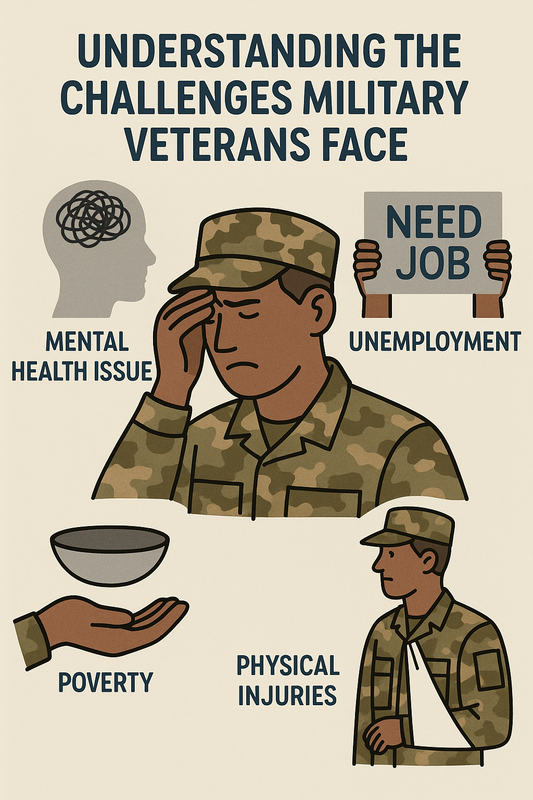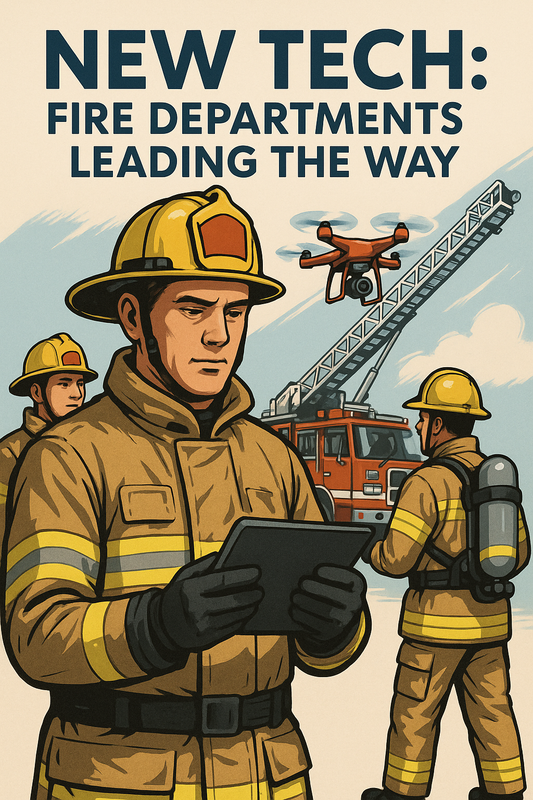
Building Bonds: Community Engagement and Police Forces
Frequently Asked Questions
1. What is community engagement in policing?
2. How does community engagement build trust between police and citizens?
3. What are some examples of community policing initiatives?
4. What role do educators play in community engagement?
5. What are the benefits of positive police-community engagement?
Community engagement is a pivotal aspect of modern policing, essential not just for improving public safety but also for enhancing the relationship between law enforcement and the communities they serve. Incorporating a sense of trust and cooperation can lead to meaningful improvements in crime prevention and overall community well-being. In this article, we explore how community engagement strengthens police forces and why it matters to both officers and the community.
The Foundation of Trust
At its core, community engagement fosters trust. When police officers actively participate in community events and discussions, they can break down barriers that often lead to mistrust. This foundation of trust allows for better communication between citizens and law enforcement, which is crucial for effective policing. Here are a few ways community engagement builds trust:
- Increased Visibility: Police officers who engage with the community become familiar faces rather than just authority figures. Their presence at local events helps humanize them.
- Open Dialogue: By hosting community forums or listening sessions, police officials can learn about residents’ concerns and grievances, creating a channel for open dialogue.
- Transparency: Engaging the community allows police to be transparent about their operations, challenges, and successes, reinforcing trust.
Enhancing Crime Prevention Strategies
Community engagement is not just about fostering good relations; it’s also about strategies for crime prevention. When police engage with citizens, they can gather crucial information that helps them understand the unique issues facing different neighborhoods. Here are some key ways engagement enhances crime prevention:
Community Policing Initiatives
Community policing is a proactive strategy that involves officers working with the community to identify and solve problems related to crime and disorder. Some popular initiatives include:
- Neighborhood Watch Programs: Residents are trained to observe and report suspicious activities, creating a sense of shared responsibility for community safety.
- Educational Workshops: Offering crime prevention seminars enables police to educate community members on safety practices, self-defense, and emergency response.
- Youth Engagement: Programs focused on youth, such as police camps or mentorship, can help steer young people away from crime and foster positive relationships with law enforcement.
Utilizing Technology
With the rise of technology, police departments are incorporating digital tools to engage communities effectively. Social media platforms, community apps, and online surveys allow officers to reach a broader audience and gain immediate feedback. This can help police tailor their strategies to meet the community's needs effectively.
The Role of Educators in Community Engagement
Educators play a crucial role in bridging the gap between law enforcement and the community. By collaborating with schools, police can engage with students, parents, and faculty. Here’s how educators contribute:
- Creating a Safe Learning Environment: Schools can partner with police to develop safety protocols, prepare students for emergencies, and ensure that campuses are safe places for learning.
- Promoting Youth Programs: Educators can encourage participation in community policing initiatives, helping students see police officers as allies rather than adversaries.
- Organizing Activities: Community events often promote unity—sports games, art fairs, and science fairs can draw police and community members together in meaningful ways.
Strengthening Community Resilience
Community resilience is a measure of how well a community can adapt and recover from crises. Engaging law enforcement can have a significant impact on resilience in several areas:
Building Social Cohesion
Community engagement fosters a sense of belonging. When individuals feel connected to their community and its leaders, they are more likely to respond positively during times of crisis. Activities like neighborhood clean-ups, cultural festivals, and charity runs not only build camaraderie but also inspire collective action in response to challenges.
Emergency Preparedness
Preparedness is a critical aspect of community resilience. Police can provide resources and training for emergency response, making use of community leaders and educators to disseminate vital information. This includes:
- Disaster Response Coordination: Involving police in emergency management planning helps communities prepare better for natural disasters.
- Public Safety Drills: Engaging community members in practice drills increases awareness and readiness for real-life emergencies.
- Communication Plans: Establishing clear communication pathways between police, community leaders, and citizens enhances readiness in any crisis.
The Benefits of Community Support
When police engage positively with the community, it leads to numerous benefits for both parties:
Reduced Crime Rates
A stronger relationship between law enforcement and community members often leads to reduced crime rates. When citizens feel empowered to report suspicious activities and work with police on crime prevention initiatives, crime levels typically decrease.
Increased Officer Morale
When police officers experience positive interactions with residents, it boosts their morale. Officers who feel appreciated by the community are more likely to perform their duties effectively and think positively about their role in law enforcement.
Better Resource Allocation
Engaged communities can help police departments understand where resources are most needed. With insights gained through community interactions, police can allocate their resources more effectively, targeting areas that need the most attention.
Fostering a Culture of Accountability
Engaging with the community can also promote accountability within police forces. When citizens are involved in discussions about police practices, they cultivate a sense of ownership over the community’s safety. Here’s how accountability is fostered:
Community Review Boards
Establishing civilian oversight boards allows citizens to participate in reviewing police conduct. Such boards can offer feedback on policies, procedures, and training initiatives, ensuring police actions align with community expectations.
Open Channels for Complaints
Creating accessible channels for community members to voice concerns promotes transparency and accountability. This means having clear procedures for filing complaints and processes for addressing misconduct swiftly.
Committed to Continuous Improvement
The landscape of community engagement is continuously evolving. To remain effective, police forces must be open to adapting to new approaches and technologies. In this light, training and development for police officers should be prioritized. Some ways to ensure continuous improvement include:
- Regular Training: Ongoing training that addresses cultural competence, conflict resolution, and community engagement strategies can help officers build stronger relationships with citizens.
- Feedback Mechanisms: Implementing platforms allowing citizens to provide feedback on police interactions can facilitate improvements.
- Best Practices Sharing: Networking with other police departments can allow for sharing successful engagement strategies and lessons learned.
A New Dawn for Policing and Community Relations
The collaboration between police forces and community members isn’t just beneficial; it’s essential. By actively engaging with the community, police officers can not only create safer environments but also foster a spirit of camaraderie and understanding that extends beyond just public safety. The commitment to fostering trust, enhancing communication, and effective problem-solving establishes a robust partnership that truly transforms communities.
As society evolves, so too must the methods employed by our police forces. When communities and law enforcement work hand-in-hand, they craft a narrative of collective responsibility and shared objectives. The ultimate goal isn’t just enhanced public safety; it’s about combining resources, building bridges, and laying the groundwork for a healthier, happier society. Together, we can create a brighter future for our neighborhoods.
Check out another user's Shopify or Wix store by clicking this store link. Note that this is a promotional link, and we assume no liability for the content of the linked store.




